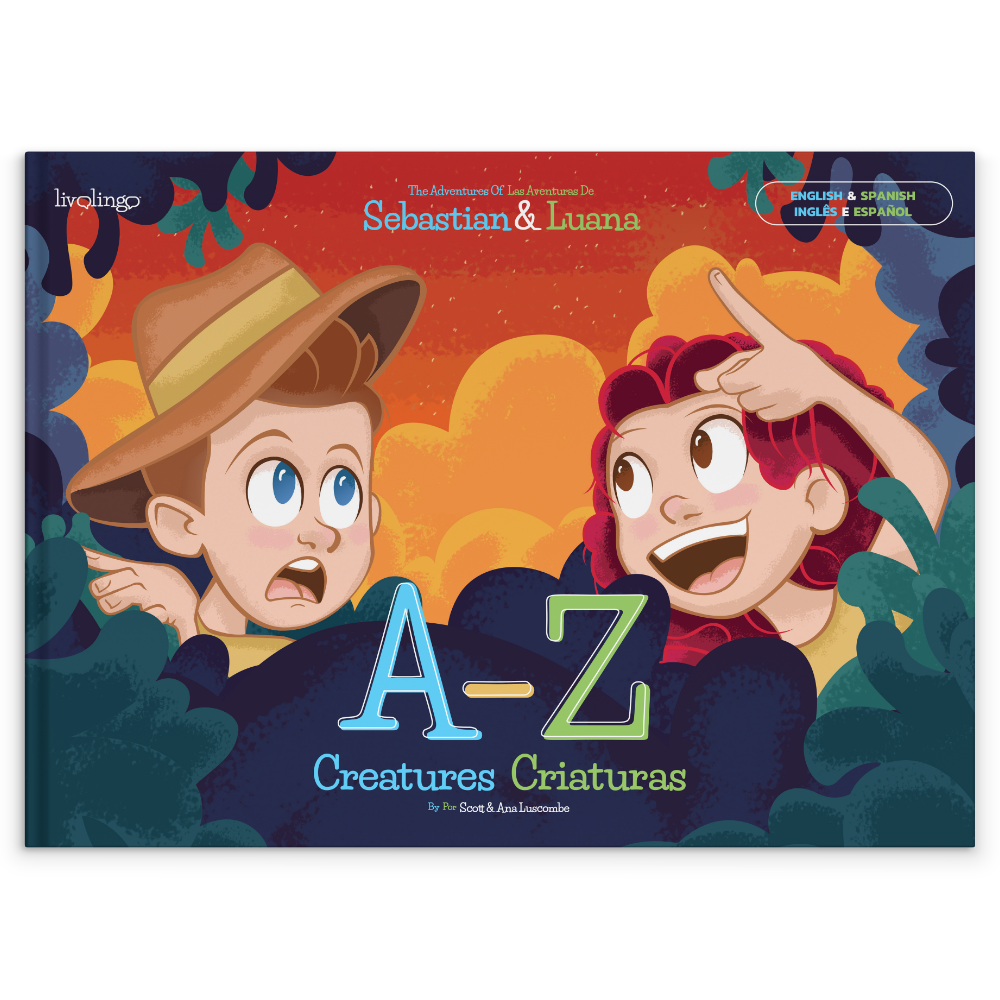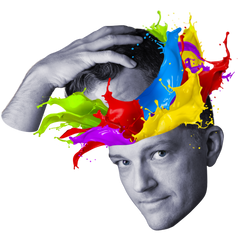Design, Development, and Marketing Services
Children's Book Illustration
Bring your story to life with beautiful, original illustrations which make Children's imaginations burst with wonder. Make your Children's Book stand out online or on the shelves of any publisher.
Children's book illustration that appeals to young minds and sparks interest in your story
What is a children's book illustration, and why do you need to hire a children's book illustrator?
Children's book illustration is the art of illustrating artwork for children's picture books. This can be for toddlers learning the alphabet, young kids learning a single word with a picture, or older kids reading short stories. Children's book illustration would entail designing and drawing characters for picture books ideally meant for kids ages 12 and under.

All picture books are not created equal, and finding the right illustrator for your picture book is the key to making a successful publication. A good set of illustrations both for the cover and inside the book are the best way to get your writing read by kids worldwide. It takes an expert to imagine and create the perfect characters, keep consistency in illustration style and effectively tell the story you wish to tell. Children's illustrations need great attention to detail, whether moral education, basic life skills, or simply teaching the alphabet. An expert designer and illustrator can help lock down the perfect style.
Things to consider before you hire a Children's book illustrator
High-quality illustrations are a sign of a solid and thought-out children's publication. Still, there are a few other factors that you, as the author or publisher, need to consider before you begin your search for an illustrator. Some of these even act as points of inspiration for the selected artist by initiating new ideas. Here are a few things to consider:
Story and Its Goals
The story of your picture book is a significant consideration in creating a successful publication. Similarly, the goals of the publication are also of prime importance. If you are trying to create an alphabet book, the shapes and forms of specific alphabets with examples would be of prime consideration. Example: A for Apple, B for Ball, etc. For helping kids learn words or to tell the time, you may need to highlight specific terms within a contextual sentence like "Grandpa goes for a walk at 5 PM".
Any examples above are inputs for the illustrator to know and act on a specific input and ultimately know what needs to be illustrated. As a writer, you need to understand what you are trying to do with your publication and how you will write your book. Telling a solid relatable story to your audience is vital. The illustrator makes your message more relatable with relevant illustration work.
Collect References
Children are receptive and impressionable. While you may dismiss something minor or trivial in text or illustration work, a child may have a different perspective. Creating content or designing for young minds should be treated with great care and attention, and collecting references for text and illustration will be a great point to begin with.
You can begin by visiting bookstores for titles in your niche and go onto online resources like Behance and the free Pinterest app to see individual artworks by artists worldwide. These references can then be shared with your illustrator to highlight a style that you like.

The Design
We have covered the prerequisites in the section above, and now it's time to design outstanding and eye-catching visuals that children would love. The following steps will help you ensure that your design is functional and serves your objectives for the book you intend to create.
Simplicity
A child's brain is receptive but also relatively rapid and unchained in how thoughts flow for them. So to design for the objective to be communicated, stick to uncluttered, clear visuals. This doesn't mean not being adventurous with design or color but rather making sure that your objective doesn't get lost in all the playfulness or friendliness of your design. If there's a book that teaches children how to tell the time, make sure a clock with its hands is clear across all your artwork. The clock looks the same across illustrations and is easily recognizable and relatable to the text it is next to.
Play Into what CHildren Already Know
We all have biases in how we perceive information, and so do children, maybe even higher than adults do. So the characters and objects in the images should be something they can easily recognize, understand or relate with. This might not always be possible, especially when introducing brand-new information. Even in that case, try to get everyday examples or traits into your artwork.
For new concepts, you can use a character as a protagonist who is relatable to a child and as a consequence, keep them interested and let their imagination run wild. Exercise conscious constraint with your design, something nonlimiting without losing track of the book's objective.
Think of the Spatial Arrangement
Whitespace is a prevalent concept in design-related fields, and this will also be key in designing how your text interacts with your illustrations. Do the characters point to a specific word or if your characters have dialogues? Finally, how do your artwork and design combine to form an exciting and read-worthy publication? This positive and negative space will help in cognition and understanding for the child and ultimately make your book successful in teaching them the intended concept. The more effectively this is done, the higher the probability of parents using them as teaching tools for their children.
Remember your Customer
Children are the consumers of your content, but your customers are still parents making those buying decisions. So ensure that your messaging, especially on the cover, is something parents understand and think is a good choice for their child. Think of it this way, the child is the consumer, and the parents are the clients; if you can convincingly sell to the parent, your job is done. For good output, it's essential to understand this perspective and implement it effectively for all stages and intended uses.
The Designer
Selecting the right children's book illustrator is key to the success of your book, and their ability to execute coherent and fun visuals will significantly impact how convincing your book is. An excellent digital artist might seem like the obvious choice, and you can probably find one with a strong portfolio easily. This might be a good starting point, but you should ideally seek someone with experience designing work for children's publications, designing with toys and other products.
Your designer or illustrator of choice has 2 traits:
-
An expert in drawn visuals who can create fun visuals with consistency from one page to another.
-
You should understand your objectives with the book or publication and create beautiful designs that interact with or highlight the textual or academic motive behind the book.
Lastly, you must have original artwork for your book for publication works. No template will provide the uniqueness or the legal protection to take a publication to print. Only use original written content and copyright-protected illustration work from vetted digital artists and illustrators for any work you intend to publish.
Output Processes
Given the widespread media types available and kids having access to iPads and kid-specific tablets, you can reach your audience almost anywhere. Unlike in the past, printed books are only one of the mediums you can use. However, books are tactile and can potentially engross a kid more than a digital outlet.
Before you go all out on a single media type, know there may be specific visual and technical considerations for each. Get a sense of the market and see what your competitors are doing in the specific space and then confer with a designer for the best way to roll out the design, so it doesn't lose its integrity.
What is my process for children's book illustration?
Creatibly combined with illustrator Scott Luscombe gives you everything you need to take your Children's Book from an idea to the store shelves or any online publication.
All illustrations start with an initial consultation to understand your story and expectations. We produce a black-and-white digital sketch from the initial consultation. Once approved, we move to the final illustration, where color is added, and the lines are refined to make each page a beautiful piece of art.
Your illustration comes complete:
• Initial Sketch for Approval and One Revision
• Final Illustration and One Revision
• Digital and Print-ready Files
FAQs
What makes a good children's book illustration?
Children's book illustrations need to be easy to access and understand. They must also resonate with children of a particular age group to tell a convincing and exciting story with illustrations and colors.
What software can I use to illustrate a children's book?
Software like Procreate, Adobe Photoshop, and Adobe Illustrator is used to create children's book illustrations. Children's book illustration work will also require some background in design principles and proficiency in using pen-based input tools to draw visuals in a unique style.
Is it hard to get a children's book published?
Getting your book published is a difficult task, irrespective of your demographic. It doesn't matter if you are writing a children's book or one for adults. Many authors will tell you that if something matters to you, you should keep pursuing your goals. You can seek help from previously published authors or visit a publishing house to get feedback on your project and tweak it till it gets picked up. Like everything else, it's a process; if you're willing to stick with it, you will find a publisher.





